Sopron Is the Hungarian City Straddling Vines and Vision
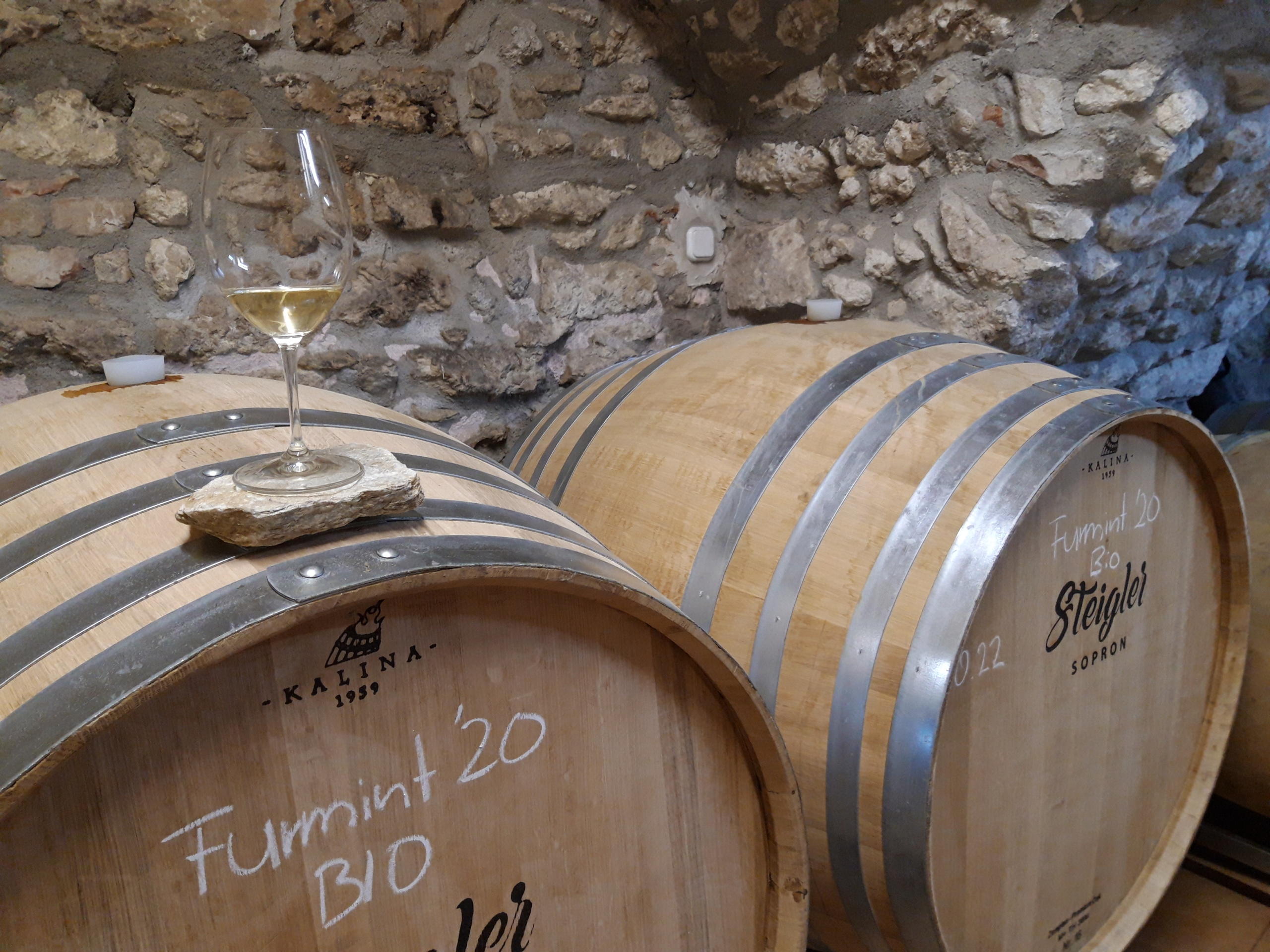
Reviving winemaking traditions on the old frontier between East and West from those with roots in both.

Reviving winemaking traditions on the old frontier between East and West from those with roots in both.
wine writer
Sue is a Budapest-based wine writer and specialist wine translator. Originally a linguist, she has since completed the WSET Diploma, is a Weinakademikerin and a VIA Italian Wine Expert, as well as a Master of Wine Stage 2 student. She is also a regular judge at wine competitions around the world.
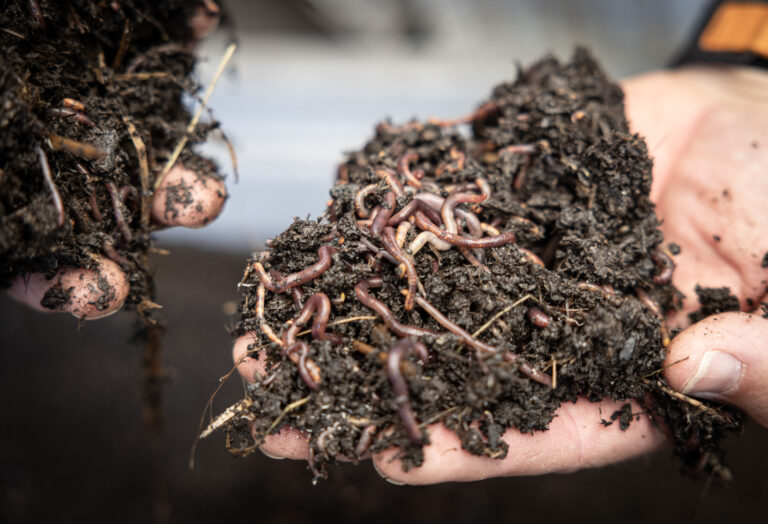
An essay reconciling the realpolitik of Rudolf Steiner today.
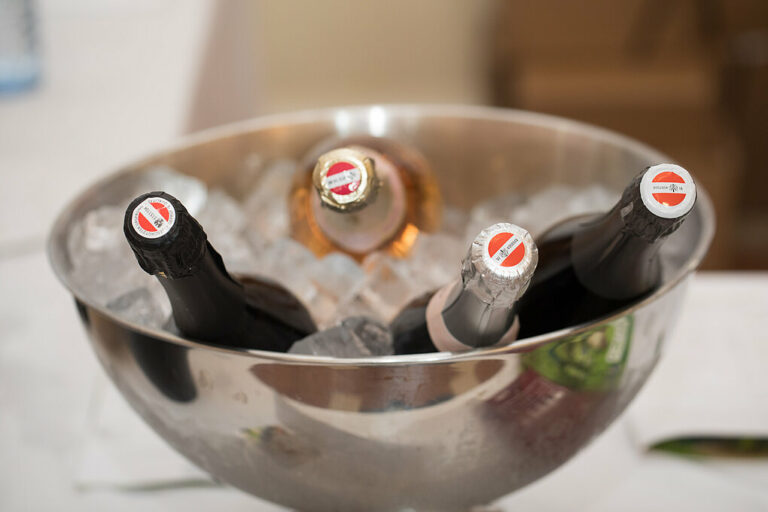
Sparkling winemakers in Austria are embracing and eschewing the boundaries of new regulations in pursuit of a definitive Sekt style.
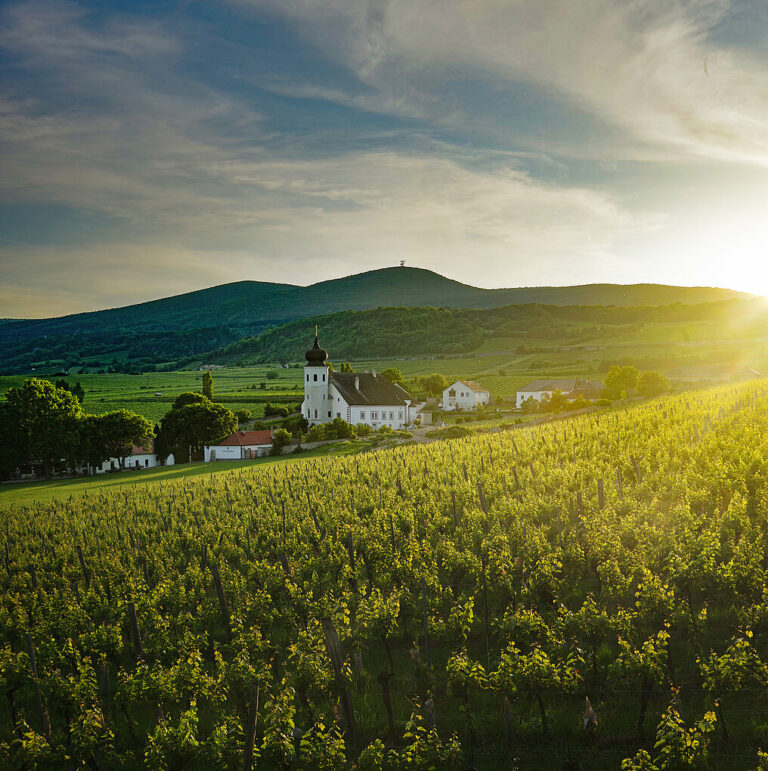
To mark a recent milestone anniversary, Austria’s association of traditional wine estates (ÖTW) invited into its fold a region that is in many regards the epitome of Herkunft, or origins. The Thermenregion, often held up as Austria’s Burgundy, brings a suitably deep and glorious wine tradition. The ÖTW’s intake process for the Thermenregion is in the final stages of fine-tuning, reports chairman Michael Moosbrugger. Most likely, white wines from Erste Lage, or premier cru, sites from the 2022 vintage will be the first to be classified, followed by the reds. “In joining the ÖTW, it was crucial that the region’s…...
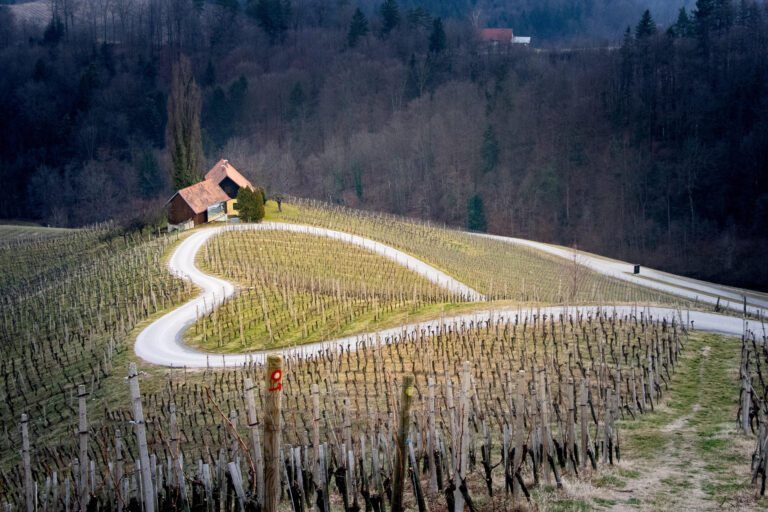
"It’s not about Südsteiermark or Untersteiermark. It’s about wine.”
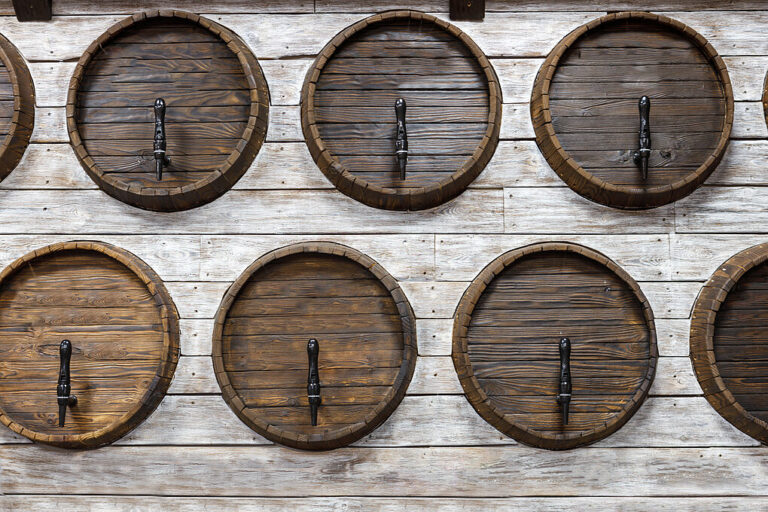
Was everything really better in the past? Well, people were at least more patient. Vaccines were developed over the course of years. Under Communism in eastern Germany it could take up to a decade to get a car. OK, bad examples. But even food and drink were given more time. Today, fermentation and preservation are back on the front burner in kitchens — and in cellars, too. Vintners typically work within the natural rhythms of the year, giving their wines time in cask or tank until just before the next harvest. But some are stepping deeper into the past…...
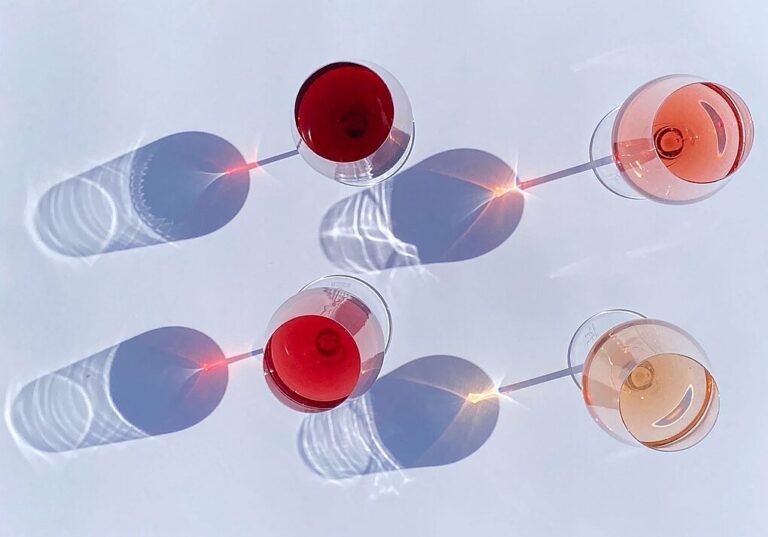
The sun blazes. The air shimmers. On the horizon four figures throw long shadows across the dry, crumbling ground. They are headed toward a city. Doors swing open. The four step from light into dark, their throats dusty and dry. Behind a deserted bar stands a man. He pushes four full glasses over to them. Out of the glasses sloshes a wine as red as the setting sun. If you aren’t thirsty by now, you should at least be hearing the melody of a harmonica. This is how the opening scene of a revival—the Rotling revival—could begin. The four men…...
Enjoy unlimited access to TRINK! | Subscribe Today